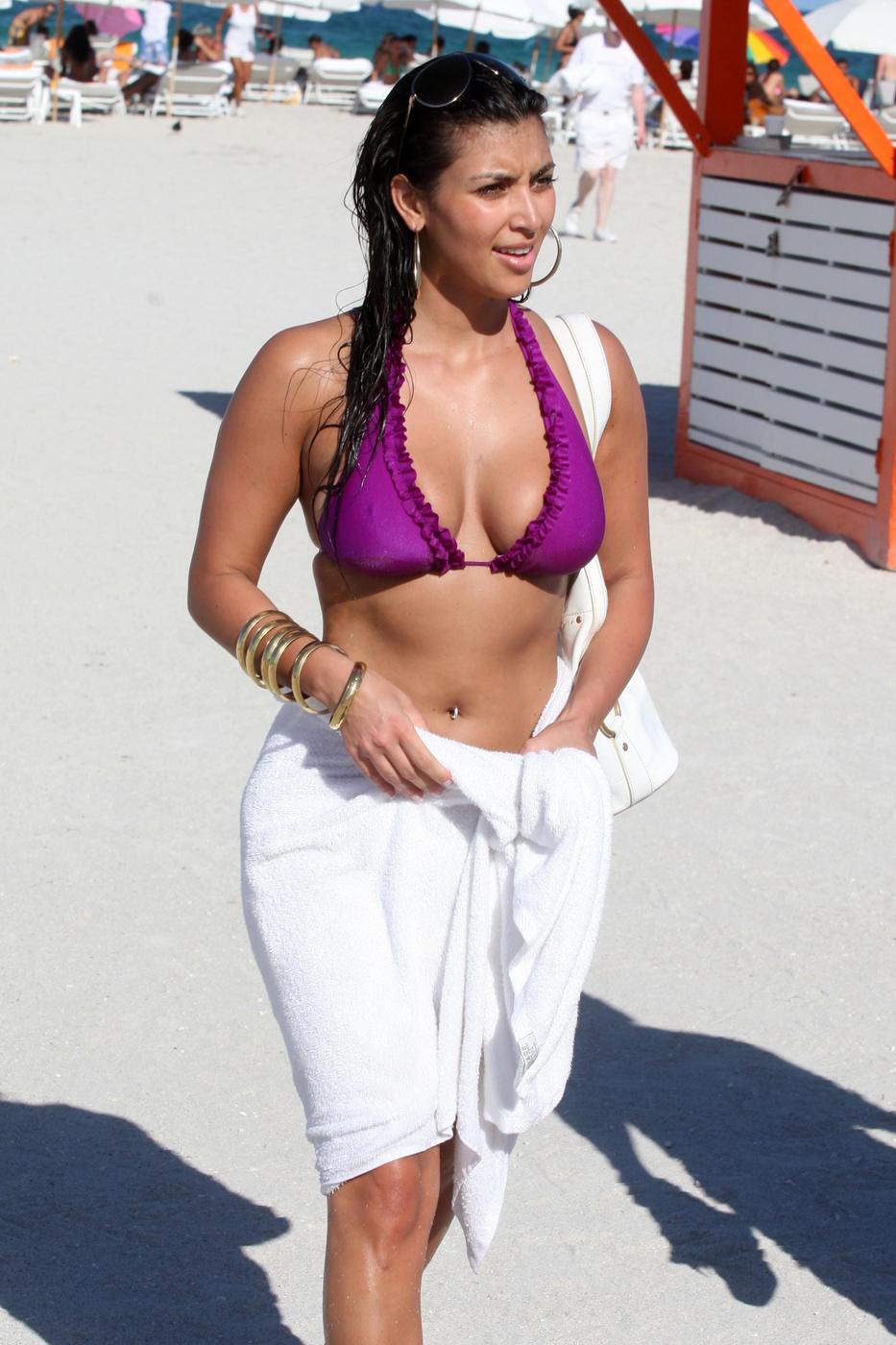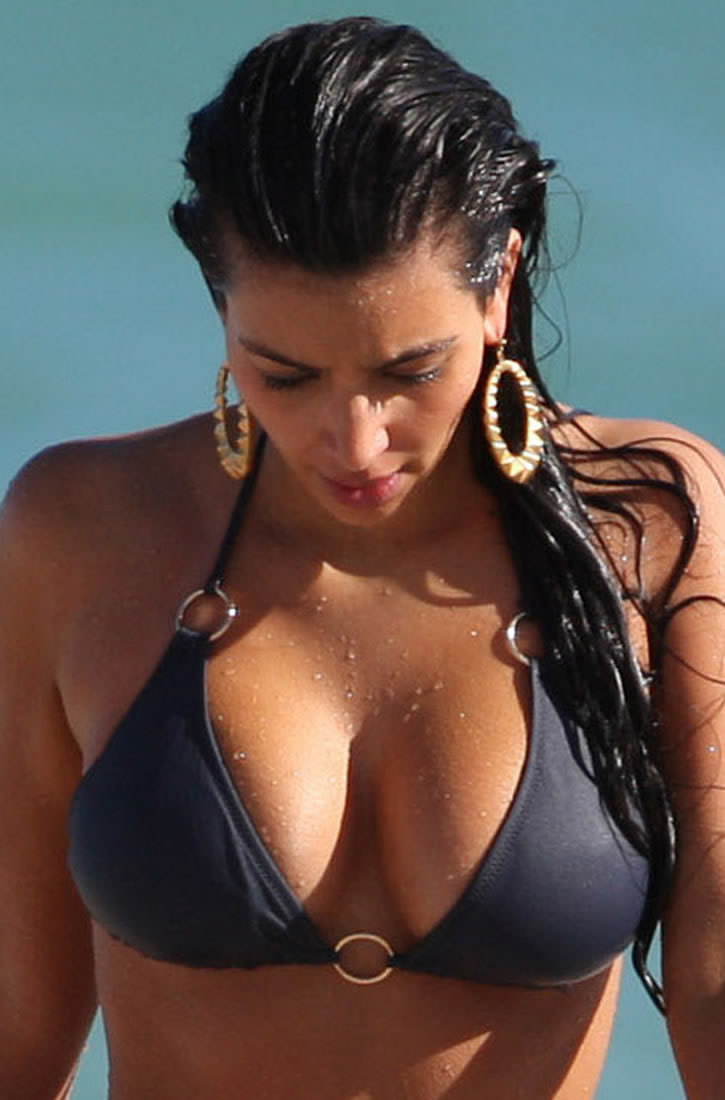|
|
|---|
Sunday, May 15, 2011
Futsal is a ball game played by two teams, each consisting of five persons. The goal is to put the ball into the opponent's goal, by manipulating the ball with his feet. Besides the five major players, each team was also allowed to have a backup player. Unlike a football game other indoor, futsal field lines is limited, not the net or the board.
Futsal helped also recognized by various other names. The term "Futsal" is the international term, derived from the Spanish or Portuguese, football and sala.
History
Futsal was invented in Montevideo, Uruguay in 1930, by Juan Carlos Ceriani. The uniqueness of futsal received attention throughout South America, principally in Brazil. Skills developed in this game can be seen in the style shown world-famous Brazilian players outside the room, the regular-sized field. Pele, Brazil's famous star, for example, to develop his talents in futsal. While Brazil continues to be the center of futsal world, the game is now played under the aegis of Federation Internationale de Football Association around the world, from Europe to Central America and North America and Africa, Asia, and Oceania.
The first international match held in 1965, Paraguay won the first South American Cup. Six subsequent seizure of the South American Cup held until 1979, and wiped out all the carpet champion Brazil. Brazil continued its dominance by winning the first Pan American Cup in 1980 and won again at the next scramble pd year 1984.
The first Futsal World Championship was held for the help FIFUSA (before its members joined FIFA in 1989) in Sao Paulo, Brazil, in 1982, ended with Brazil in the first position. Brazil to repeat his victory in the second World Championships in Spain in 1985, but suffered defeat of Paraguay in the third World Championships 1988 in Australia.
The first international Futsal match held in the U.S. in December 1985, at Sonoma State University in Rohnert Park, California. Futsal The Rule of The Game.
Regulation
Field Size
1. Size: length x width of 25-42 m 15-25 m
2. Boundary lines: the line width of 8 cm, which touch on the side line, goal line at the ends, and transverse center of the field, 3 m center circle; no barrier or wall board
3. Penalty area: arc measuring 6 m from each post
4. Penalty line: 6 m from the midpoint of the goal line
5. The second penalty line: 12 m from the midpoint of the goal line
6. Zone change: local 6 m (3 m on each side of the midfield line) on the side of the stands of throwing
7. Hurdles: 2 m height x width 3 m
8. Surface area throwing: smooth, flat, and not abrasive
Ball
1. Size: 4
2. Circumference: 62-64 cm
3. Weight: 390-430 grams
4. Flank: 55-65 cm on first bounce
5. Material: leather or other suitable material (ie not hazardous materials)
Number of players
1. Maximum number of players to start the game: 5, one goalie
2. Minimum number of players to end the match: 2 (not including injuries)
3. The number of reserve players maximum: 7
4. Number of referees: 2
5. The number of line judges: 0
6. Limit the number of substitutions: unlimited
7. Method change: "change of drift" (all players except the goalkeeper may enter and leave the field at any time; replacement goalkeeper can only be done if the ball was being played and with the consent of the referee)
8. And the referee was not allowed to step on the field arena, allowed only outside of the field lines only, except if there are violations that have entered the field
Supplies player
1. Numbered T-Shirt
2. Shorts
3. Sock
4. Knee cap
5. Rubber footwear bersolkan
6. Wipe Towels
Old games
1. Old Normal: 2x20 minutes
2. Old istiharat: 10 minutes
3. Old extension: 2x10 minutes (if the result is still a draw after normal time 2x20 minutes)
4. There are penalties (maximum of 3 goals) if the number of goals the two teams finish the series as an extension of time
5. Time-outs: 1 per team per round, not in extra time
6. The turn round time: 10 minutes maximum
Leading Futsal Championship
FIFA Futsal World Cup
* 1989 (in Rotterdam, The Netherlands): won Brazil
* 1992 (in Hong Kong): won Brazil
* 1996 (in Barcelona, Spain): won Brazil
* 2000 (in Guatemala): won Spain
* 2004 (in Taiwan): won by Spain.
* 2008 (in Brazil): Brazil won
AMF Futsal World Cup
* 1982 (in Sao Paulo, Brazil): Brazil won
* 1985 (in Madrid, Spain): won Brazil
* 1988 (in Melbourne, Australia): won Paraguay
* 1991 (in Milan, Italy): won Portugal
* 1994 (in Argentina): Argentina won
* 1997 (in Mexico): won Venezuela
* 2000 (in La Paz, Bolivia): won Colombia
* 2003 (in Paraguay): won by Paraguay.
Futsal helped also recognized by various other names. The term "Futsal" is the international term, derived from the Spanish or Portuguese, football and sala.
History
Futsal was invented in Montevideo, Uruguay in 1930, by Juan Carlos Ceriani. The uniqueness of futsal received attention throughout South America, principally in Brazil. Skills developed in this game can be seen in the style shown world-famous Brazilian players outside the room, the regular-sized field. Pele, Brazil's famous star, for example, to develop his talents in futsal. While Brazil continues to be the center of futsal world, the game is now played under the aegis of Federation Internationale de Football Association around the world, from Europe to Central America and North America and Africa, Asia, and Oceania.
The first international match held in 1965, Paraguay won the first South American Cup. Six subsequent seizure of the South American Cup held until 1979, and wiped out all the carpet champion Brazil. Brazil continued its dominance by winning the first Pan American Cup in 1980 and won again at the next scramble pd year 1984.
The first Futsal World Championship was held for the help FIFUSA (before its members joined FIFA in 1989) in Sao Paulo, Brazil, in 1982, ended with Brazil in the first position. Brazil to repeat his victory in the second World Championships in Spain in 1985, but suffered defeat of Paraguay in the third World Championships 1988 in Australia.
The first international Futsal match held in the U.S. in December 1985, at Sonoma State University in Rohnert Park, California. Futsal The Rule of The Game.
Regulation
Field Size
1. Size: length x width of 25-42 m 15-25 m
2. Boundary lines: the line width of 8 cm, which touch on the side line, goal line at the ends, and transverse center of the field, 3 m center circle; no barrier or wall board
3. Penalty area: arc measuring 6 m from each post
4. Penalty line: 6 m from the midpoint of the goal line
5. The second penalty line: 12 m from the midpoint of the goal line
6. Zone change: local 6 m (3 m on each side of the midfield line) on the side of the stands of throwing
7. Hurdles: 2 m height x width 3 m
8. Surface area throwing: smooth, flat, and not abrasive
Ball
1. Size: 4
2. Circumference: 62-64 cm
3. Weight: 390-430 grams
4. Flank: 55-65 cm on first bounce
5. Material: leather or other suitable material (ie not hazardous materials)
Number of players
1. Maximum number of players to start the game: 5, one goalie
2. Minimum number of players to end the match: 2 (not including injuries)
3. The number of reserve players maximum: 7
4. Number of referees: 2
5. The number of line judges: 0
6. Limit the number of substitutions: unlimited
7. Method change: "change of drift" (all players except the goalkeeper may enter and leave the field at any time; replacement goalkeeper can only be done if the ball was being played and with the consent of the referee)
8. And the referee was not allowed to step on the field arena, allowed only outside of the field lines only, except if there are violations that have entered the field
Supplies player
1. Numbered T-Shirt
2. Shorts
3. Sock
4. Knee cap
5. Rubber footwear bersolkan
6. Wipe Towels
Old games
1. Old Normal: 2x20 minutes
2. Old istiharat: 10 minutes
3. Old extension: 2x10 minutes (if the result is still a draw after normal time 2x20 minutes)
4. There are penalties (maximum of 3 goals) if the number of goals the two teams finish the series as an extension of time
5. Time-outs: 1 per team per round, not in extra time
6. The turn round time: 10 minutes maximum
Leading Futsal Championship
FIFA Futsal World Cup
* 1989 (in Rotterdam, The Netherlands): won Brazil
* 1992 (in Hong Kong): won Brazil
* 1996 (in Barcelona, Spain): won Brazil
* 2000 (in Guatemala): won Spain
* 2004 (in Taiwan): won by Spain.
* 2008 (in Brazil): Brazil won
AMF Futsal World Cup
* 1982 (in Sao Paulo, Brazil): Brazil won
* 1985 (in Madrid, Spain): won Brazil
* 1988 (in Melbourne, Australia): won Paraguay
* 1991 (in Milan, Italy): won Portugal
* 1994 (in Argentina): Argentina won
* 1997 (in Mexico): won Venezuela
* 2000 (in La Paz, Bolivia): won Colombia
* 2003 (in Paraguay): won by Paraguay.
Labels: Futsal, indoor sports
0 Comments:
Subscribe to:
Post Comments (Atom)

























